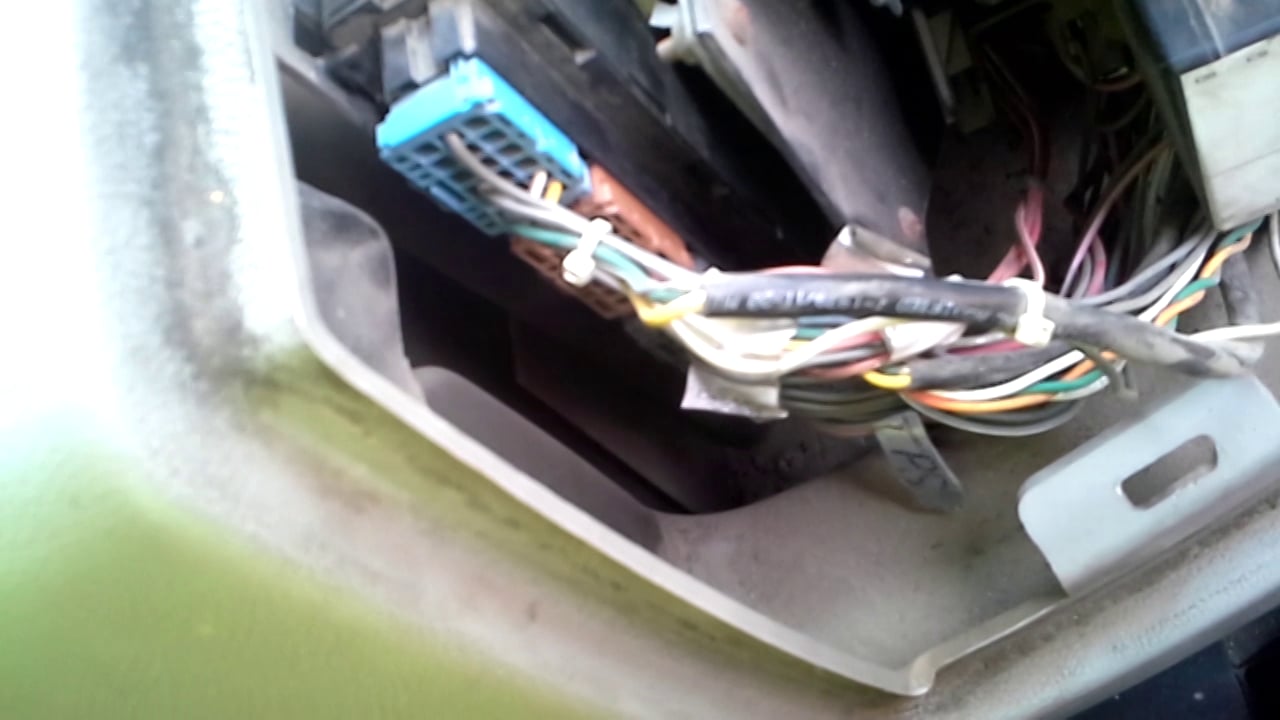Throttle Position Sensor Failure
Last week one of our highway run Thomas HDX pushers called in with a no throttle’ complaint. I sent one the mechanics out to investigate. He reported back saying that full throttle only gets up to 700 RPM. He hooked up the laptop and it came back with a TPS code failure. So I took a TPS off another bus the same model and year. (Very handy when you have a fleet with the same buses)
The bus was broken down 10 minutes out of town and after switching the TPS nothing changed. So it looked like an electrical wiring issue somewhere and we needed to tow the bus to the shop. The first thing to do was get a wiring schematic. If you have Thomas buses in your fleet you can go to thomasbusonline.com and search using the bus vehicle identification number.
Look in the electronic parts section and go to BOM (bill of materials) and search for throttle. There you will find a pdf with the schematic for the throttle position sensor. The diagnostic software helps as well and gives a nice over view of the schematic. The Thomas site gives more detail since we are going by the VIN.
The TPS gets a 5 volt signal from the CPC (common powertrain controller) where it goes through a potentiometer. This is the output from the TPS that tells the engine and transmission control modules what position the throttle is at. In other words the 5 volt signal will be anywhere between 0 and 5 volts indicating no throttle (idle) ….in between variations …..and full throttle.
Without the proper voltage message from the TPS the codes will stay active because the engine and transmission computers do not know the throttle position. We have to check the wiring from the TPS to the CPC. Knowing what terminals go where saves a LOT of time so a wiring schematic really helped us out.
The CPC sends the voltage which changes as the throttle moves from idle to full throttle. This is a very accurate output sending the exact throttle position to the engine and transmission control modules so they can accurately make changes with engine horsepower and transmission shifting. When full throttle is commanded by the driver the engine and transmission know this primarily from the TPS signal.
As it turned out we found a frayed wire at the TPS connector which totally threw the system into chaos. One component didn’t know what the other one was doing so the bus came to a dead halt. The wire was repaired and we were back in business. It was gratifying to find the problem and the regular driver of this bus was happy too.
He is a retired truck driver with a sensitive back and the spare bus he had to use did not have an air seat. That was in the back of my mind as well so it gives me more motivation to get the bus back on the road asap. Having diagnostic software and a wiring schematic for the specific VIN makes life in the garage much easier.







